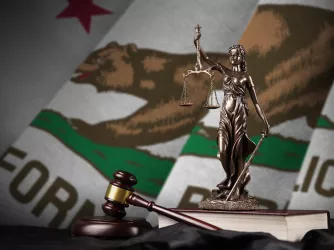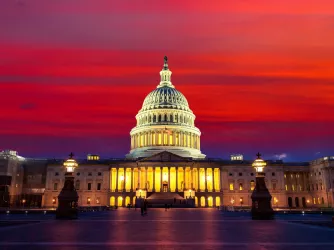Table of Contents
Universities on the Cusp of a Better Speech Code Rating, Part 3: Notre Dame
As FIRE wraps up our annual review of university speech codes for our upcoming speech code report, we are running a blog series about colleges and universities that are just one policy away from dropping their poor, “red light,” speech code ratings. If these universities revise their red light policies before our data collection period ends on September 30, they will earn an improved speech code rating in this year’s report.
Today’s featured school is the University of Notre Dame. Notre Dame’s policy on Responsible Use of Information Technologies (PDF) provides (emphasis added):
Never use University resources to post, view, print, store, or send obscene, pornographic, sexually explicit, or offensive material, except for officially approved, legitimate academic or University purposes.
While Notre Dame is a private university, and thus not legally bound by the First Amendment, it promises that:
Notre Dame students and student organizations are free to examine and to discuss all questions of interest to them and to express opinions publicly and privately.
But this is not freedom at all if it does not extend to the expression of opinions that others find “offensive”! Indeed, as we noted in last week’s blog post, the Supreme Court held in Papish v. Board of Curators of the University of Missouri, 410 U.S. 667, 670 (1973), that “the mere dissemination of ideas—no matter how offensive to good taste—on a state university campus may not be shut off in the name alone of ‘conventions of decency.’”
Notre Dame can dramatically improve this policy, and lose its red light rating, simply by removing the incredibly broad ban on “offensive material.” (While the ban on non-obscene “sexually explicit” communications is also troublesome, it is a narrower restriction that FIRE would rate as a yellow, not a red, light).
Recent Articles
FIRE’s award-winning Newsdesk covers the free speech news you need to stay informed.

One day after FIRE lawsuit, Congress passes changes to filming permits in national parks

VICTORY: FIRE lawsuit leads California to halt law penalizing reporters, advocates, and victims who discuss publicly known information about sealed arrest records

O holy fight: New Hampshire Satanic Temple statue threatened by more than vandals
